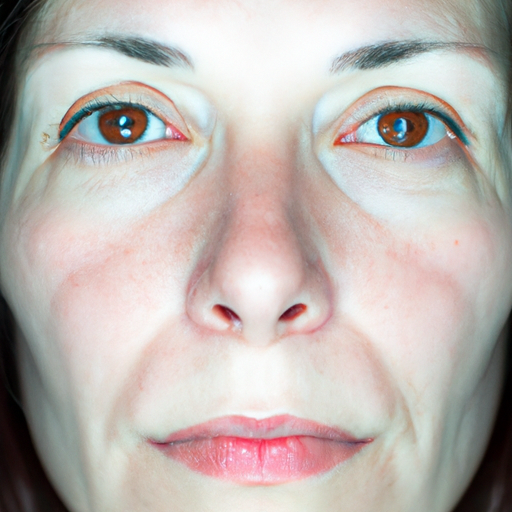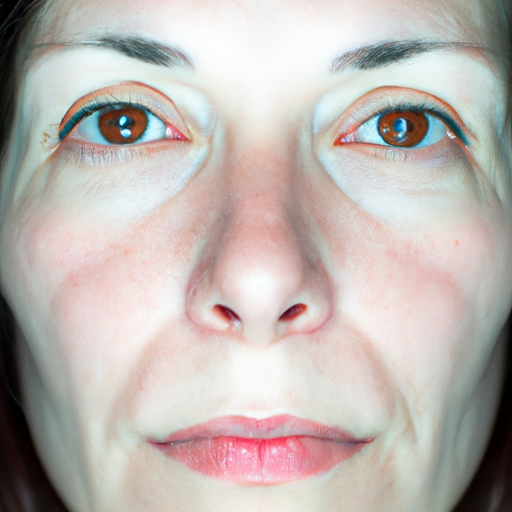Title: Unmasking Radiance: A Comprehensive Guide to Face and Body Exfoliants and Their Usage
As a dermatologist, I am often asked about the secret to a radiant, glowing skin. While a balanced diet, regular exercise, and adequate sleep are essential, the role of a good skincare routine cannot be overstated. One of the most critical components of this routine is regular exfoliation.
Exfoliation is the process of removing dead skin cells from the surface of your skin using a chemical, granular substance, or exfoliation tool. Your skin naturally sheds dead skin cells every 30 days or so. However, sometimes, these cells don’t shed completely, leading to dry, flaky patches and clogged pores. Exfoliating can help prevent this.
There are two main types of exfoliants: physical and chemical. Physical exfoliants use small grains or a brush to physically remove dead skin cells. Chemical exfoliants, on the other hand, use acids or enzymes to dissolve them.
Physical exfoliants are great for people with oily or combination skin. They can help unclog pores and reduce the appearance of blackheads. However, they can be too harsh for people with sensitive or dry skin. When using a physical exfoliant, it’s important to be gentle and not scrub too hard, as this can damage your skin.
Chemical exfoliants are usually suitable for all skin types. They work by breaking down the ‘glue’ that holds dead skin cells together, allowing them to be easily rinsed away. There are two types of chemical exfoliants: alpha hydroxy acids (AHAs) and beta hydroxy acids (BHAs). AHAs are water-soluble and work on the surface of your skin to brighten and even out skin tone. BHAs are oil-soluble and can penetrate deeper into your pores to remove dead skin cells and excess sebum.
When it comes to body exfoliation, the same principles apply. However, the skin on your body is generally thicker and less sensitive than the skin on your face, so you can use a slightly more abrasive exfoliant. Body exfoliation can help prevent ingrown hairs, make your skin feel smoother, and improve the effectiveness of your other skincare products.
The frequency of exfoliation depends on your skin type and the type of exfoliant you’re using. As a general rule, you should aim to exfoliate your face 1-2 times a week and your body 2-3 times a week. However, if you have sensitive or dry skin, you may want to exfoliate less often.
It’s also important to remember that exfoliation can make your skin more susceptible to sun damage. Always apply a broad-spectrum sunscreen after exfoliating, even on cloudy days.
In conclusion, exfoliation is a key step in maintaining radiant, healthy-looking skin. Whether you choose a physical or chemical exfoliant, remember to be gentle with your skin and always follow up with a good moisturizer and sunscreen. With regular exfoliation, you’ll be well on your way to unmasking your natural radiance.




